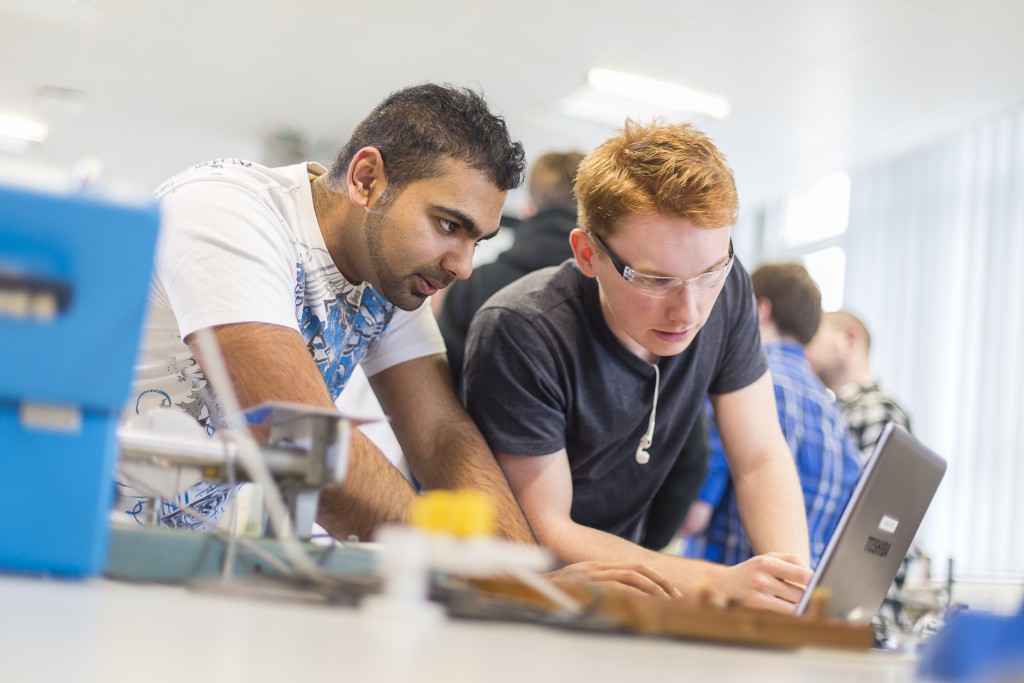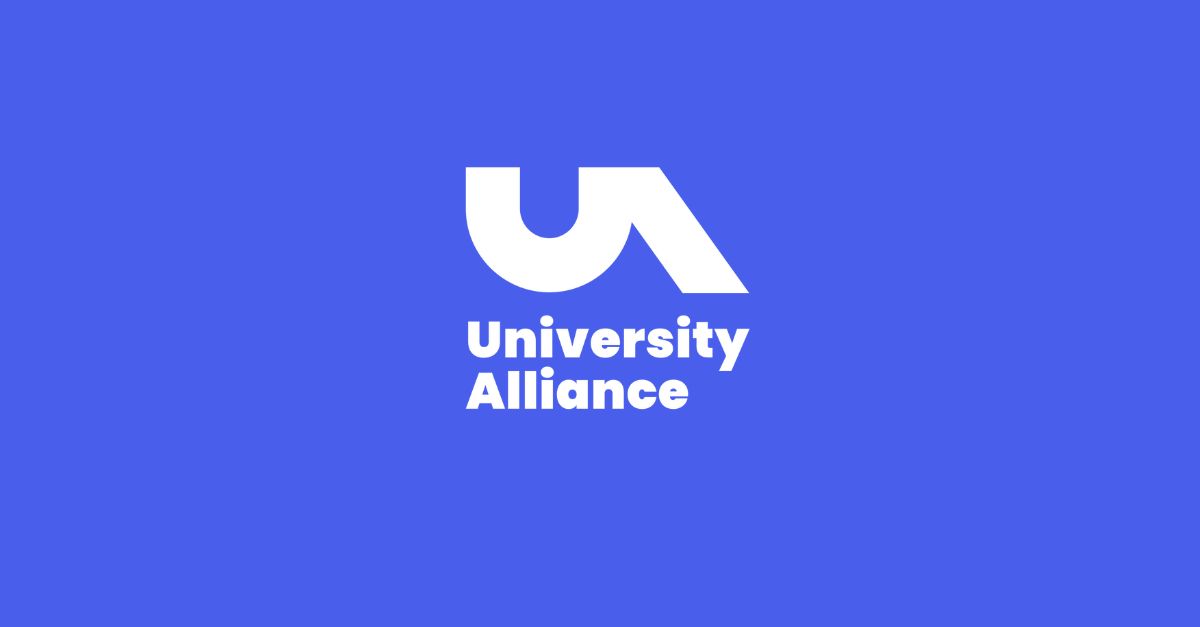
Over the past couple of months, we’ve run a series of regional workshops, exploring how to best support STEM-related employer engagement in higher education. These events follow the recent publication of our research report, Mind the gap – engaging employers to secure the future of STEM in higher education.
As part of the programme, the Higher Education Academy presented their Embedding Employability in HE Framework. Here, the HEA’s Hugh Mannerings has written a guest blog for us about the Framework and how it can help universities to take their work in employability to the next level.
There are few remaining places for the final free workshop at UWE Bristol on Thursday 17 March. Visit here to book your place.
Since the Dearing report was published in 1997 exposing the tensions between industry and higher education about whether students are equipped for working life, employability (as we now call it) has been a core focus for the sector. In recent years, new fee regimes have, understandably, led to students asking questions about value for money, which inevitably gets linked to employment. The HEA/HEPI Student Academic Experience Survey 2015 showed that only 41% of undergraduates think they received ‘good’ or ‘very good’ value for money.
Fast forward to 2016, and we have a Green Paper that suggests using a combination of Destinations of Leavers from Higher Education Survey (DLHE) and HMRC data as a common metric for graduate employment. The arguments against this have been well-rehearsed in recent months: many believe there are methodological issues with DLHE, and linking what someone has learnt as a result of teaching to whether they have a job is problematic.
Like many others across the sector, the HEA suggests in its response to the Green Paper that student employability, rather than employment, be used as one of the measures of teaching excellence. As the champions of teaching quality, the HEA is focused on helping students to get the best out of their time at university, and we have for many years worked with HEIs on embedding employability into curricula.
But what does this actually mean in practice? We think that this is about providing the opportunities, while students are in HE, to develop knowledge, skills, attitudes and behaviours that will enable them to be successful as they move out of HE and into the wider world. We know all of these are important to employers, and factors such as personal confidence, social awareness and the capacity to reflect and articulate will be of value not only in all professions but in life in general.
To this end, the HEA has worked with the sector to produce a Framework for embedding employability in higher education. Engaging with employers is a critical part of helping students to develop their employability, whether this is through work placements, case studies, live projects, or simulations, and the Framework acknowledges this. It not only highlights a number of critical features of employability that are often overlooked but also provides a simple, staged process for institutions to reflect on their teaching and ask some fundamental questions around what employability means to them. It is not a one size fits all model but it is a consistent process and creates an opportunity to start a conversation.
Our framework has four stages – as illustrated in the diagram above. We suggest that working through each stage helps institutions develop a more consistent and cohesive approach to employability in policy and practice. The supporting four stage process outlined in the HEA’s employability toolkit explains the process in more detail and provides a range of questions at each stage to encourage reflection and discussion.
The principles of engagement, collaboration and inclusivity (represented in the outside circle of the diagram) should inform discussion and process. Collaboration between HE and employers is a part of this and a central feature of stage one, where we recommend that universities work with employers and students to create models of employability that are appropriate for their subject/discipline area. It is important to engage all stakeholders from the start and allow for industry input to be considered throughout the duration of the programme. There are examples of where this is happening, but quite often a consideration of the ‘softer’ skills that are so important to us in life in general is missing.
Looking ahead to the future, the HEA believes that there needs to be a broadly shared view of employability that is understood by governments, employers and education and that moves on from the focus on skills and getting a job. In terms of the Teaching Excellence Framework, it is vital to recognise that there is no single measure of employability. But we can measure key elements of employability and the university activity designed to address these areas. With a bank of metrics that encompass employability in the round, we could look at correlations between current proposed metrics such as the National Student Survey, DLHE and other data sets such as the HEA’s UK Engagement Survey (UKES), and areas associated with learning gain. We suggest that these metrics could include:
- Increase in Industry links/collaborations/activity
- Number of placements/internships
- Percentage of students accessing these (e.g. core metric)
- Percentage of students accessing careers support (e.g. core metric)
- Survey results i.e. student career confidence, satisfaction etc.
- Stakeholder feedback
- Psychometric and EQ tests
- Reflective journals, logs, portfolios
- Alumni case studies
- Professional accreditations
- External awards/recognitions
- Awards
- Student retention
The HEA can offer support, advice and guidance on using the Framework. We can also share examples of where it been used successfully and embedded across whole institutions as part of the existing curriculum and programme design process. Our recent Strategic Enhancement Programme initiative has produced over 30 case studies based on the Framework series. At a critical time for the future of teaching and learning in HE, now is the time to reflect on current provision and ask if we are doing everything we can to help students develop their full potential.




